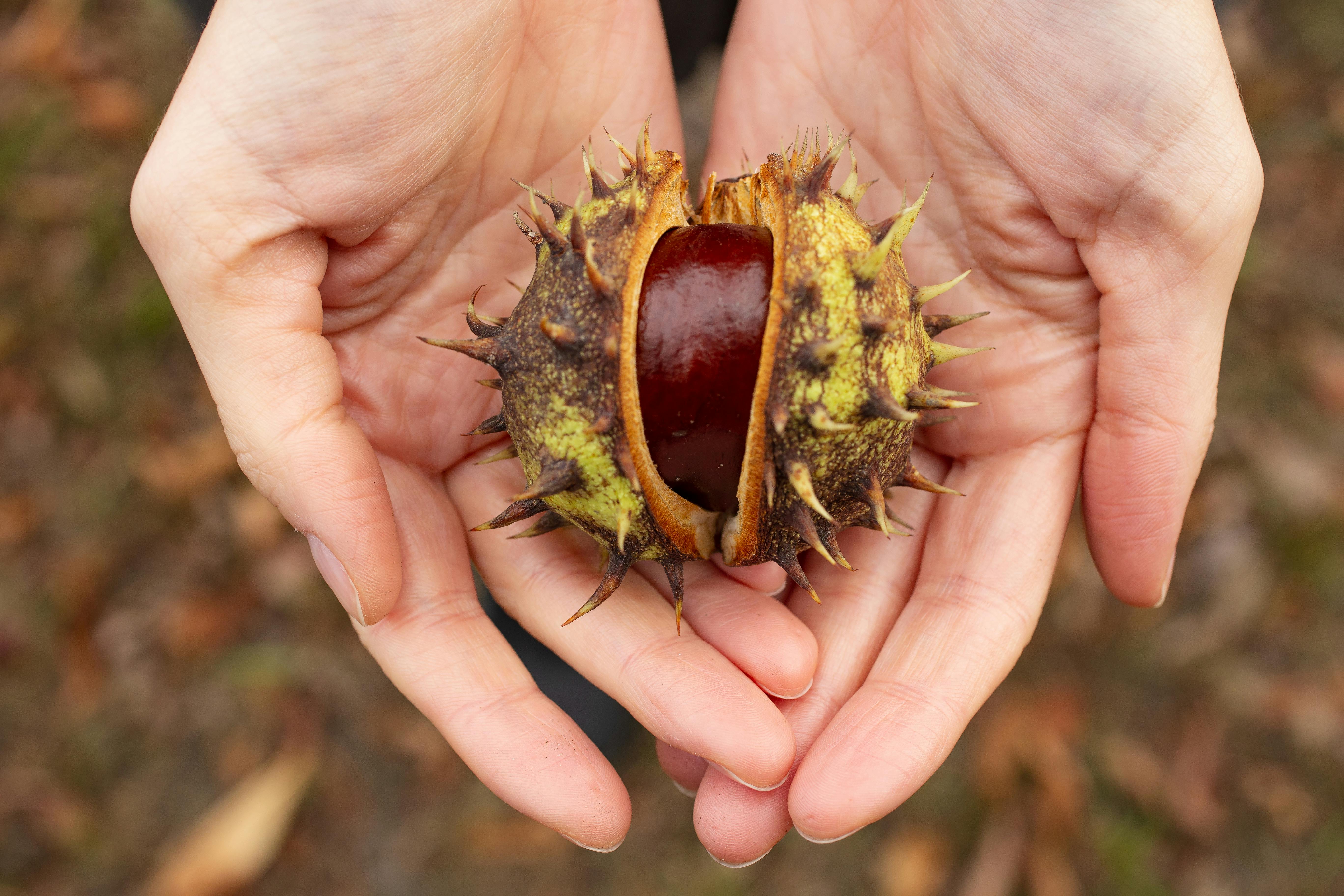Understanding the Fundamentals of Mr. Gardener
The Role of Mr. Gardener in Landscaping
Mr. Gardener plays a crucial role in transforming outdoor spaces into beautiful, functional landscapes. As a professional, Mr. Gardener not only possesses the expertise in horticulture but also understands design principles that elevate an outdoor environment. This involves planning, planting, and maintaining gardens to ensure they thrive throughout the seasons. Whether it’s a residential backyard or a public park, the touch of Mr. Gardener can convert an ordinary space into a picturesque garden. Proper landscaping can increase property value, enhance aesthetics, and provide a serene space for relaxation.

Landscape Design Techniques
One of the key techniques used by Mr. Gardener involves creating a balance between structure and spontaneity in garden design. This often integrates hardscapes like pathways and patios with softscapes comprising plants and flowers. Mr. Gardener carefully considers factors such as plant size, color, and blooming seasons, ensuring that the landscape remains vibrant year-round. For instance, incorporating evergreen plants provides year-round greenery, while seasonal flowers can add bursts of color throughout the seasons. This thoughtful layering approach offers depth and visual interest in the landscape.
Maintenance Strategies for Healthy Gardens
Regular maintenance is essential for any garden’s health, and Mr. Gardener employs several strategies to keep plants thriving. This includes timely watering, appropriate fertilization, and pest control measures. Mr. Gardener often conducts soil tests to determine the nutritional needs of the plants, adjusting care routines accordingly. Mowing lawns, pruning shrubs, and deadheading flowers are all part of Mr. Gardener’s checklist to ensure that every aspect of the garden looks its best. By establishing a regular maintenance schedule, gardens can flourish and maintain their beauty throughout the year.
Essential Tools and Equipment for Mr. Gardener
To execute effective landscaping, Mr. Gardener relies on a variety of tools and equipment tailored to specific tasks. From basic hand tools like trowels and pruners to larger machinery such as lawnmowers and tillers, each tool has its purpose to facilitate work. For instance, using quality pruners enables precise cuts, promoting healthy plant growth. Additionally, Mr. Gardener emphasizes the importance of maintaining tools, ensuring they are clean and sharp for efficient performance. The right tool can significantly enhance productivity and reduce the effort needed to complete tasks.

Choosing the Right Tools
Selecting the appropriate tools is essential for efficient gardening. Mr. Gardener understands that each task requires specific tools, which can vary based on the skill and experience level of the gardener. Beginners might start with basic hand tools like shovels, weeders, and gloves. In contrast, seasoned gardeners might invest in more advanced equipment, such as motorized cultivators. Mr. Gardener often advocates for tools that promote ergonomic use, reducing strain and increasing effectiveness during lengthy gardening sessions.
Safety Considerations in Gardening
Gardening involves risks, and Mr. Gardener prioritizes safety by using personal protective equipment (PPE). This includes gloves, safety glasses, and appropriate clothing to protect against cuts, scrapes, and exposure to harmful plants or chemicals. Mr. Gardener also emphasizes the importance of understanding how to use tools safely and how to handle plants that may cause allergic reactions or skin irritations. Following safety protocols not only protects the gardener but also ensures a more enjoyable gardening experience.
Building a Sustainable Garden with Mr. Gardener
Mr. Gardener is increasingly aware of the importance of sustainability in gardening practices. This involves using resources wisely and opting for eco-friendly methods that promote biodiversity and reduce waste. For instance, composting kitchen scraps and yard waste can enrich soil naturally, reducing the need for chemical fertilizers. Rainwater harvesting is another method that Mr. Gardener might implement to provide an efficient watering solution while conserving resources. By adopting sustainable practices, Mr. Gardener contributes positively to the environment while creating thriving gardens.
Implementing Native Plants in Your Garden
Integrating native plants is a cornerstone of sustainable gardening. Mr. Gardener often advises homeowners to incorporate local flora as these plants are adapted to the local climate and soil conditions, requiring less water and maintenance. Additionally, they provide essential habitats for local wildlife, including pollinators like bees and butterflies. By focusing on native species, Mr. Gardener helps create resilient ecosystems that support biodiversity and reduce the need for pesticides and fertilizers.
Water Conservation Techniques
Water conservation is vital in maintaining a sustainable garden. Mr. Gardener implements practices such as drip irrigation and mulching to reduce water evaporation and improve soil moisture retention. Incorporating drought-resistant plants is also a strategic choice, allowing for beautiful gardens that thrive with minimal water. Mr. Gardener educates clients on techniques such as grouping plants based on water needs to foster an efficient irrigation system. These practices not only save water but also contribute to a healthy environment.
Key Takeaways
- Mr. Gardener specializes in transforming outdoor spaces through effective landscaping techniques.
- Maintenance routines and the right tools are essential for a thriving garden.
- Sustainability and eco-friendly practices are becoming integral to modern gardening.
- Incorporating native plants supports local ecosystems and reduces maintenance needs.
- Water conservation techniques are vital for sustainable gardening and protecting natural resources.
FAQ
1. What services can I expect from Mr. Gardener?
Mr. Gardener typically offers a range of services, including landscape design, maintenance, and installation of gardens. They often assist with plant selection, soil health assessments, and irrigation system setups. By understanding your specific gardening needs, Mr. Gardener tailors services to create optimal outdoor spaces.
2. How can I make my garden more sustainable?
To make your garden sustainable, consider using native plants, adopting composting practices, and implementing efficient watering techniques. Additionally, reducing chemical fertilizers and incorporating organic options will support healthier soil and plant growth. Mr. Gardener often emphasizes the importance of planning for biodiversity in sustainable gardening.
3. What are some common gardening tools Mr. Gardener uses?
Mr. Gardener employs a variety of tools, including hand trowels, pruners, rakes, and lawnmowers. More advanced gardening tasks may require power tools such as tillers or hedge trimmers. Selecting the right tools based on the specific job ensures efficiency and a successful gardening experience.
4. How can I improve my garden’s aesthetic appeal?
Improving your garden’s aesthetic appeal can be achieved through color coordination, textural contrasts, and seasonal planning. Mr. Gardener recommends using flowering plants for bursts of color and varying plant heights to create visual interest. Pathways and decorative elements can also enhance the overall look.
5. What is the best way to care for my plants?
To care for your plants effectively, ensure proper watering, adequate fertilization, and timely pruning. Regular monitoring for pests and diseases is crucial to maintaining plant health. Mr. Gardener often suggests creating a care schedule based on each plant’s specific requirements, ensuring they receive the attention they need.
6. When is the best time to plant my garden?
The best time to plant your garden largely depends on your region and the types of plants you wish to cultivate. Generally, spring and fall are considered ideal planting seasons. Mr. Gardener advises checking local gardening calendars for specific climate factors to determine optimal planting times.
7. How can I attract pollinators to my garden?
To attract pollinators like bees and butterflies, Mr. Gardener recommends planting a variety of nectar-rich flowers, providing water sources, and reducing pesticide use. Creating habitats with native plants can also significantly encourage pollinator activity, supporting local ecosystems while enhancing your garden’s beauty.
